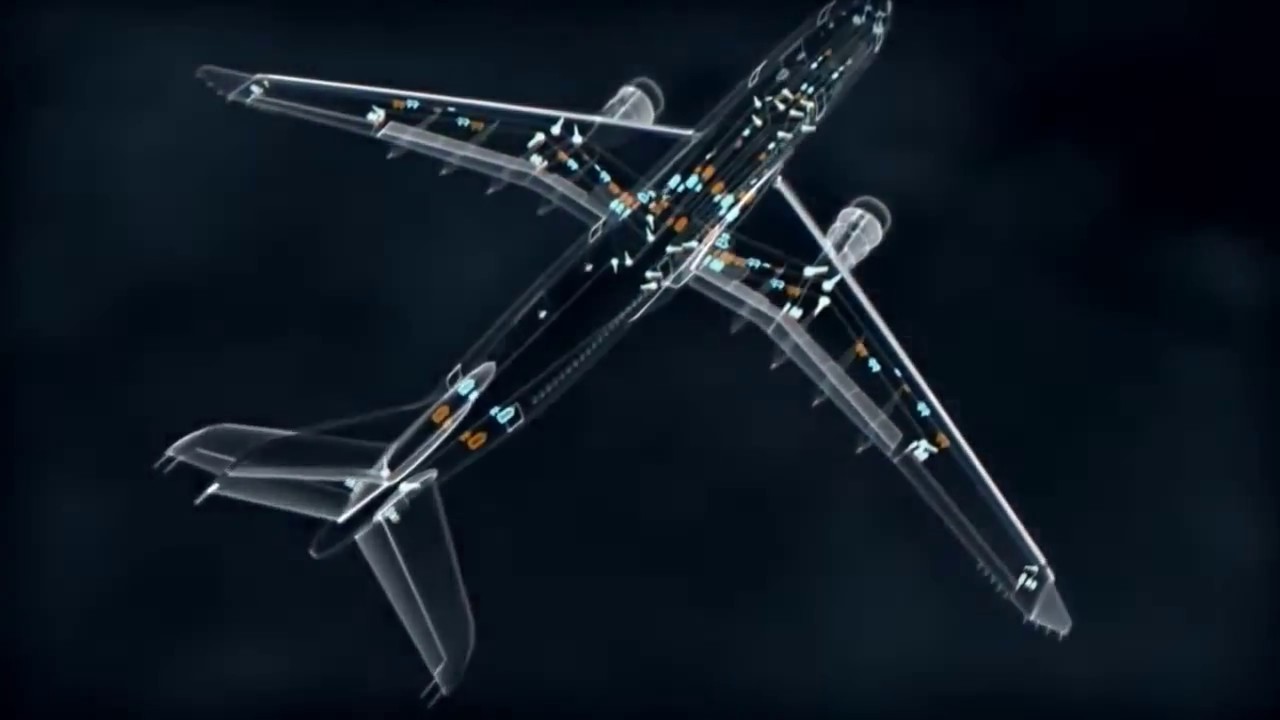
Fly-by-wire technology has revolutionized modern aviation, making aircraft more efficient, safer, and easier to control. But what exactly is fly-by-wire? Fly-by-wire refers to a system where electronic signals, rather than mechanical linkages, control the aircraft's movements. This innovation allows for more precise handling and reduces the pilot's workload. Imagine flying a plane with the ease of playing a video game—fly-by-wire makes that possible. From commercial jets to military fighters, this technology is now a standard in the aviation industry. Ready to learn more? Here are 19 fascinating facts about fly-by-wire that will take your understanding to new heights!
Key Takeaways:
- Fly-by-wire technology replaces manual flight controls with electronic signals, offering benefits like weight reduction and enhanced safety. It's now standard in modern aviation and may play a key role in the future of autonomous and electric aircraft.
- Fly-by-wire systems use sensors and computers to interpret pilot inputs and adjust control surfaces, improving maneuverability and safety. Despite its complexity, ongoing advancements promise even more advanced and reliable systems in the future.
What is Fly-by-Wire?
Fly-by-wire (FBW) is a system that replaces traditional manual flight controls with an electronic interface. The pilot's movements are converted to electronic signals, which are interpreted by flight control computers to adjust the aircraft's control surfaces.
- Fly-by-wire technology was first used in military aircraft before being adopted by commercial aviation.
- NASA's Apollo Lunar Module was one of the earliest applications of fly-by-wire technology in space exploration.
- The Concorde was the first commercial aircraft to use a form of fly-by-wire technology, although it was analog rather than digital.
How Fly-by-Wire Works
Understanding how fly-by-wire operates can help appreciate its advantages and complexities. The system involves multiple components working in harmony.
- Sensors and actuators play a crucial role in fly-by-wire systems by detecting pilot inputs and moving control surfaces accordingly.
- Flight control computers process the pilot's inputs and determine the necessary adjustments to the aircraft's control surfaces.
- Redundancy is built into fly-by-wire systems to ensure safety. Multiple computers and backup systems are in place to take over if one fails.
Benefits of Fly-by-Wire
Fly-by-wire offers numerous advantages over traditional mechanical flight control systems, making it a preferred choice in modern aviation.
- Weight reduction is a significant benefit, as fly-by-wire systems are lighter than mechanical controls, leading to fuel savings.
- Enhanced safety is achieved through the system's ability to prevent pilot errors and automatically stabilize the aircraft.
- Improved maneuverability allows for more precise control, making it easier to handle the aircraft in various flight conditions.
Challenges and Limitations
Despite its advantages, fly-by-wire technology also faces certain challenges and limitations that need to be addressed.
- Complexity of the system requires extensive testing and validation to ensure reliability.
- Cost of developing and maintaining fly-by-wire systems can be higher compared to traditional controls.
- Pilot training is essential, as pilots need to be familiar with the electronic interface and how it differs from mechanical controls.
Fly-by-Wire in Modern Aviation
Fly-by-wire has become a standard in modern aviation, with many aircraft now equipped with this advanced technology.
- Airbus A320 was the first commercial aircraft to feature a fully digital fly-by-wire system.
- Boeing 777 also utilizes fly-by-wire technology, offering improved efficiency and safety.
- Military aircraft like the F-16 Fighting Falcon and the F-35 Lightning II rely heavily on fly-by-wire systems for their advanced maneuverability.
Future of Fly-by-Wire
The future of fly-by-wire technology looks promising, with ongoing advancements and potential new applications.
- Autonomous aircraft may benefit from fly-by-wire systems, enabling more precise and reliable control without human intervention.
- Electric aircraft could see enhanced performance and efficiency through the integration of fly-by-wire technology.
- Urban air mobility solutions, such as air taxis, may adopt fly-by-wire systems to ensure safe and efficient operation in crowded urban environments.
- Continuous improvements in sensor technology and computing power will likely lead to even more advanced and reliable fly-by-wire systems in the future.
The Future of Aviation
Fly-by-wire technology has revolutionized aviation. It’s made planes safer, more efficient, and easier to handle. Pilots now rely on advanced computer systems to assist with complex maneuvers, reducing human error. This tech isn't just for commercial jets; military aircraft and even some private planes use it too.
As technology advances, fly-by-wire systems will only get better. We can expect more innovations that enhance safety and performance. The integration of artificial intelligence could bring even smarter systems, making flying even more reliable.
Understanding fly-by-wire gives us a glimpse into the future of aviation. It’s clear that this technology is here to stay, shaping the way we travel and explore the skies. So next time you board a plane, remember the incredible tech working behind the scenes to ensure a smooth flight.
Frequently Asked Questions
Was this page helpful?
Our commitment to delivering trustworthy and engaging content is at the heart of what we do. Each fact on our site is contributed by real users like you, bringing a wealth of diverse insights and information. To ensure the highest standards of accuracy and reliability, our dedicated editors meticulously review each submission. This process guarantees that the facts we share are not only fascinating but also credible. Trust in our commitment to quality and authenticity as you explore and learn with us.


